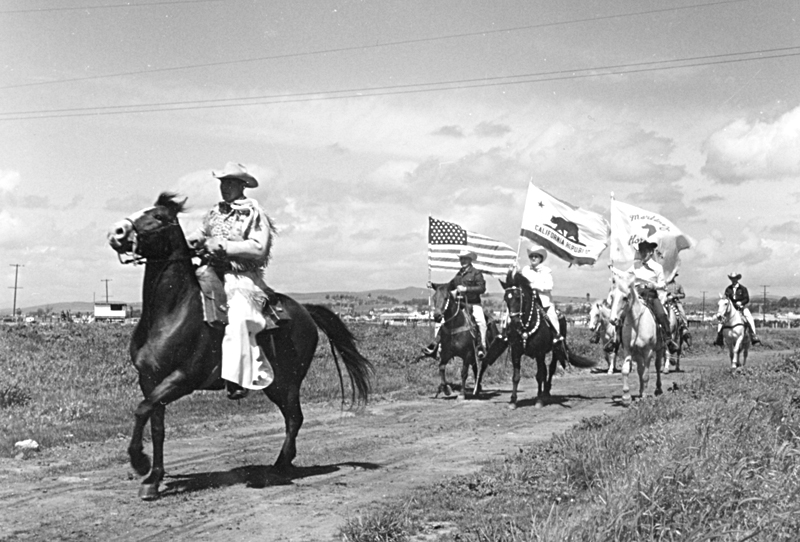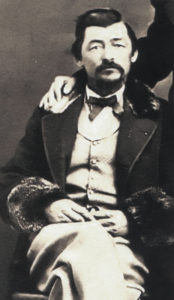Pony Express had a contingency plan for late riders in Contra Costa

CONTRA COSTA COUNTY, CA — The Pony Express provided mail delivery from St. Joseph, Mo., to Sacramento from April 1860 to October 1861.
The Pony Express served 190 stations, each about 15 miles apart, before telegraph lines and railroads were completed.
An ad for riders specified that applicants be young, skinny, under 18, expert riders and preferably orphans. Obviously, Charlton Heston was really miscast in his role of Buffalo Bill Cody in the movie “Pony Express.”
The rider mounted his steed, usually a Mustang or a Morgan horse, and rode as fast as he could to the next station – where another rider and a fresh mount awaited. The incoming rider would dismount and pass the leather mailbag (called a mochila) to the waiting rider, who placed it on his saddle and raced to the next station.
Speedy delivery
They could deliver mail in 10 days over the 2,000-mile route. They brought news of Lincoln’s inauguration in seven days, 17 hours.
In addition to the 80 riders, 400 station keepers and helpers along the way cared for the horses and riders.
The Pony Express made eight weekly trips from St. Louis through Kansas, Nebraska, Colorado, Wyoming, Utah and Nevada, crossing the Sierras into Sacramento. There, they put the mail on a steamboat and sent it down the river to San Francisco.
Missing the boat
The steamer left at 2 p.m. Sometimes the rider didn’t make it on time, and the boat left without the mail. Actually, it happened 19 times, but the Pony Express prepared for this emergency. A fresh pony and rider would take over in Benicia, the first station after Sacramento. The rider then boarded a ferry to Martinez, landing at the wharf on Ferry Street. He raced through Martinez using the stage road to Pacheco and onto Lafayette. A granite marker notes the location of the Lafayette House.

The rider went on to Orinda, where a commemorative plaque sits near the fountain on Camino Pablo and Brookside Road. The last rider raced with his burden to Oakland, where the mail boarded a ferry to San Francisco. Thomas Bedford was the first rider to make this journey on April 23, 1860.
The Pony Express office in Martinez rested on the southeast corner of Ferry and Main Streets and a monument now marks the spot. The Contra Costa County History Center displays a mochila that held the mail.
Roy Bloss, a chronicler of the Pony Express, left many items in a large archive of information to the History Center. Check the Online Archive of California (OAC) or visit the History Center once it reopens.
The History Center’s website also lists books about the Pony Express.
Presented by the Contra Costa County History Center, A History Note uses materials from the society’s collections. The History Center is currently closed due to the coronavirus. Visit cocohistory.org or facebook.com/cocohistory.
